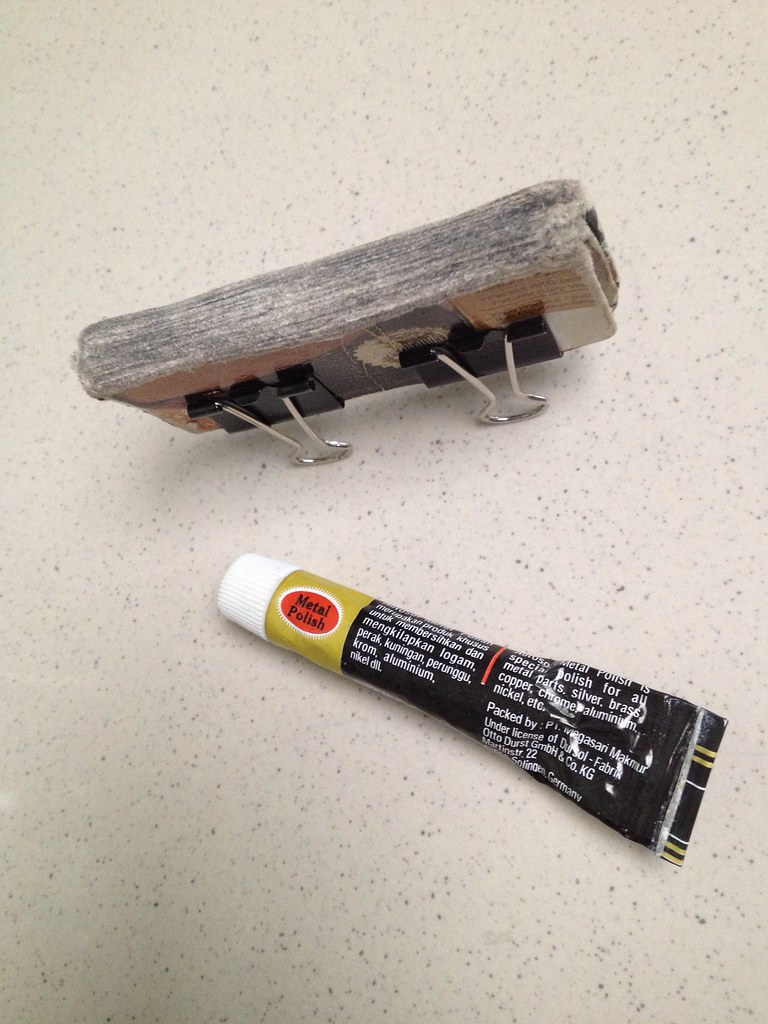- Joined
- Apr 12, 2009
- Messages
- 13,497
To me a lot of the challenge is in reducing these steel to steel variables in performance. Consistency yields improvement. Generally I'm all over the map trying different techniques. I recall one of my first post on the form a few years back was re my attempts to maintain coarse edges by stropping with 220 grit SiC. I ultimately abandoned it as over time it smoothed out my edge and made it too refined
I'm still hard at work figuring out ways to get more uniform performance from finish stropping technique. As you say there are a zillion variables.
I think that's greatly influencing why it works for me. Over time, I've grown very fond of edge-trailing sharpening in any form. At some point, I became most comfortable with stropping technique specifically; it seems to suit my hands. And I'm always looking for ways to utilize the same, consistent muscle memory on other tools as well. Went from stropping alone, to convexing on sandpaper over leather, and now to this sort of 'in between' honing on the more aggressive compounds and hard-backed stropping material. And in terms of how it 'feels' to my hands, they don't know the difference. They just keep on doing what they've learned to do.
David

